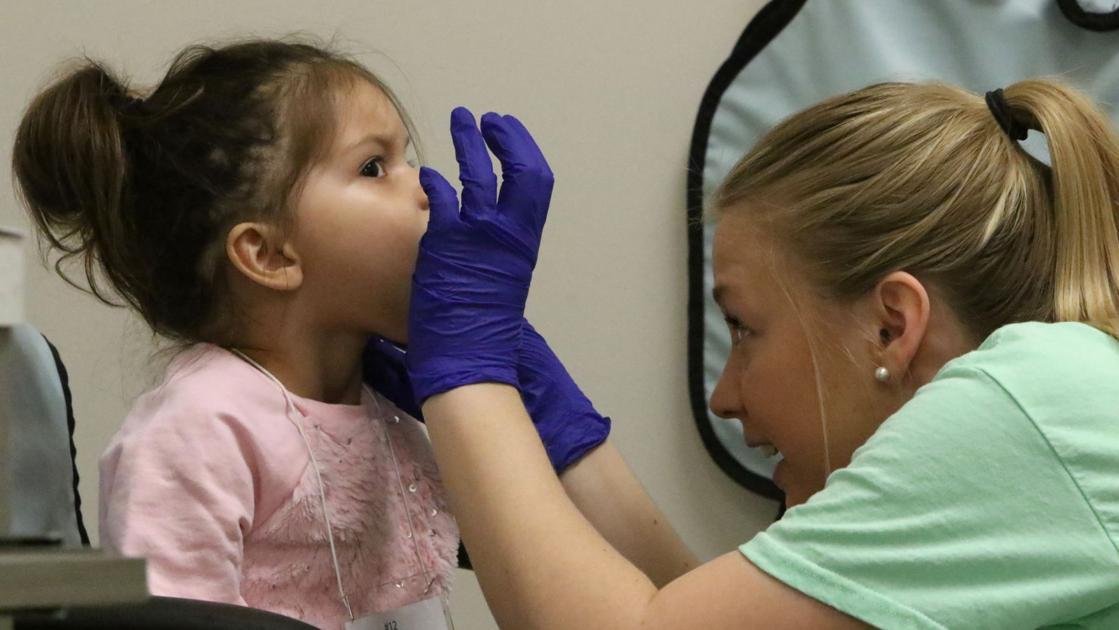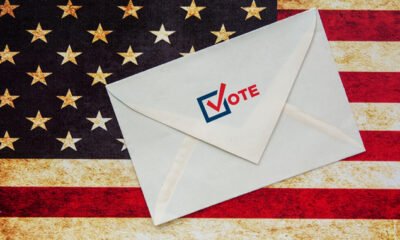Business
Advocates Champion Licensing Dental Therapists to Tackle Arizona’s Oral Health Crisis

Citing Arizona’s concerning dental health statistics among children and adults, advocates are pushing to introduce dental therapists in the state.
Dental therapists, considered “mid-level providers,” function similarly to physician assistants and nurse practitioners in the medical realm. They are already operational in states like Minnesota, Maine, and Vermont, as well as on tribal lands in Washington, Oregon, and Alaska, and in nations including Australia and New Zealand.
In December, an effort to recognize dental therapists as licensed professionals in Arizona did not advance past a legislative subcommittee. Despite this, advocates remain determined and plan to submit the required paperwork for the Arizona Legislature by September 1.
“The momentum behind dental therapy is so strong, not just in Arizona, that it’s no longer a question of whether dental therapists will be licensed here or in other states,” said Kristen Mizzi Angelone, a dental policy officer with the Pew Charitable Trusts. The Pew Charitable Trusts work closely with advocates such as the Dental Care for AZ coalition.
Proponents, including the Goldwater Institute, the Arizona Dental Hygienists Association, and the Inter-Tribal Council of Arizona, argue that dental therapists could perform certain procedures, such as fillings, extractions, and crowns, at a lower cost. However, they have faced opposition from organized dentistry, which asserts that the introduction of a new provider category is not the right strategy to address dental issues.
The American Dental Association (ADA) emphasizes the need to connect underserved populations with existing dentists. They believe this can be achieved through increased awareness, outreach, and improved Medicaid funding for dental services. The ADA also suggests enhancing teledentistry, reducing administrative barriers in managed care, and attracting more dentists to rural areas as alternative solutions.
Both sides agree that Arizona’s oral health needs significant improvement. Annual dental charity events in Phoenix and Tucson highlight the demand for dental care. Tucson’s HopeFest, offering free medical and dental services, often sees attendees camping overnight to secure one of the limited dental care spots available.
A recent report from the Goldwater Institute and the Texas Public Policy Foundation revealed that 2.4 million of Arizona’s 7 million residents live in areas with acute dental-health professional shortages. This situation leaves many without timely or affordable access to dental care.
The report also showed alarming statistics from the Arizona Department of Health Services, indicating that more than half of the state’s kindergarten children have a history of tooth decay, significantly higher than the national average. The problem is even more pronounced among American Indian children, with 75% of Arizona’s American Indian third-graders experiencing tooth decay.
Goldwater Institute advocates believe dental therapists could bridge the gap in access and affordability. They argue that many dental procedures do not require the extensive training of a dentist and can be effectively handled by dental therapists. This could also offer a career path into the dental field without the heavy financial burden of dental school.
Conversely, Kevin Earle, executive director of the Arizona Dental Association, contends that workforce shortage is not the primary issue. He highlights that Arizona’s dental workforce has grown and that many dentists are graduating from the state’s two dental schools annually. Instead, he suggests ensuring more people have dental insurance through Medicaid and improving loan forgiveness programs to incentivize dentists to work in underserved areas.
Affordability remains a critical barrier, with many low-income and elderly individuals finding dental care out of reach. This has led some to seek more affordable but less regulated dental care across the border in Mexico.
The Commission on Dental Accreditation’s 2015 educational standards for dental therapists are considered a step towards recognizing the profession’s potential. Positive outcomes from states like Minnesota, which began allowing dental therapists in 2009, provide hopeful precedents.
In Arizona, advocates must apply to the state legislature to expand the scope of practice for unregulated health professionals. Although a recent attempt failed, advocates believe that with a stronger case, they can achieve formal hearings and potentially change the state’s dental care landscape.


















